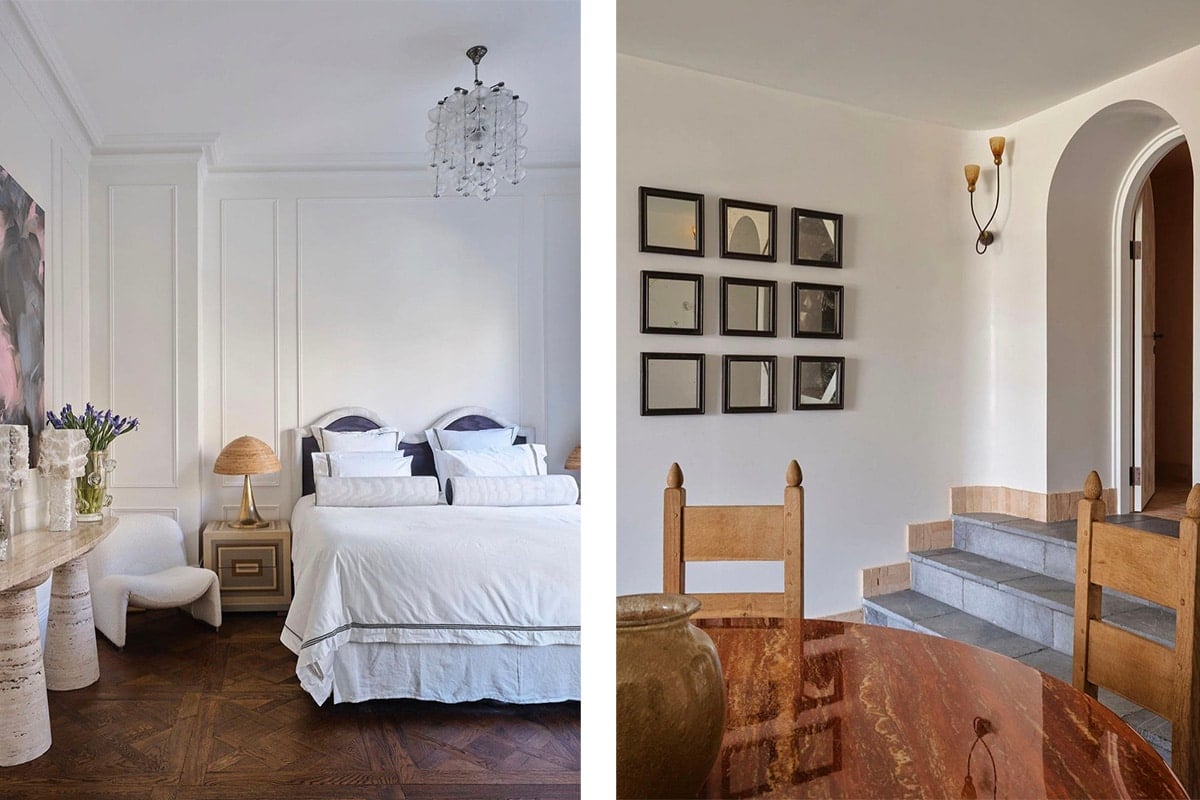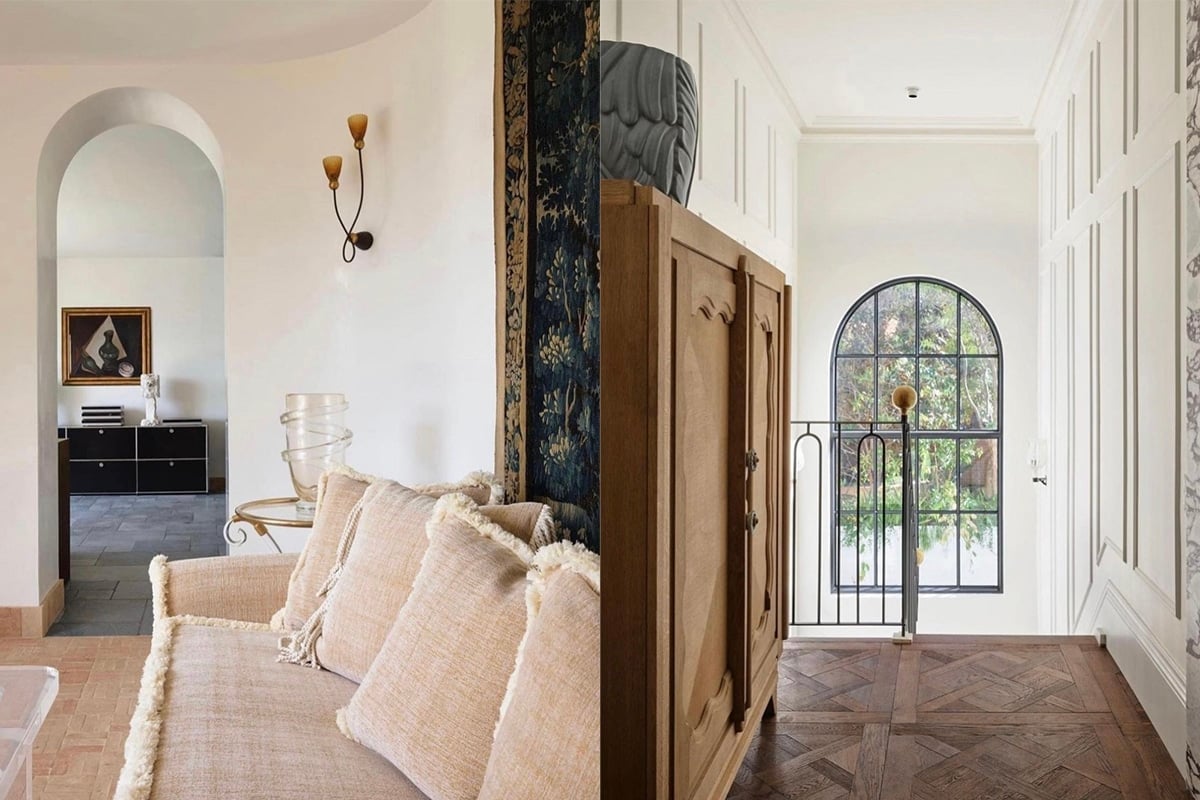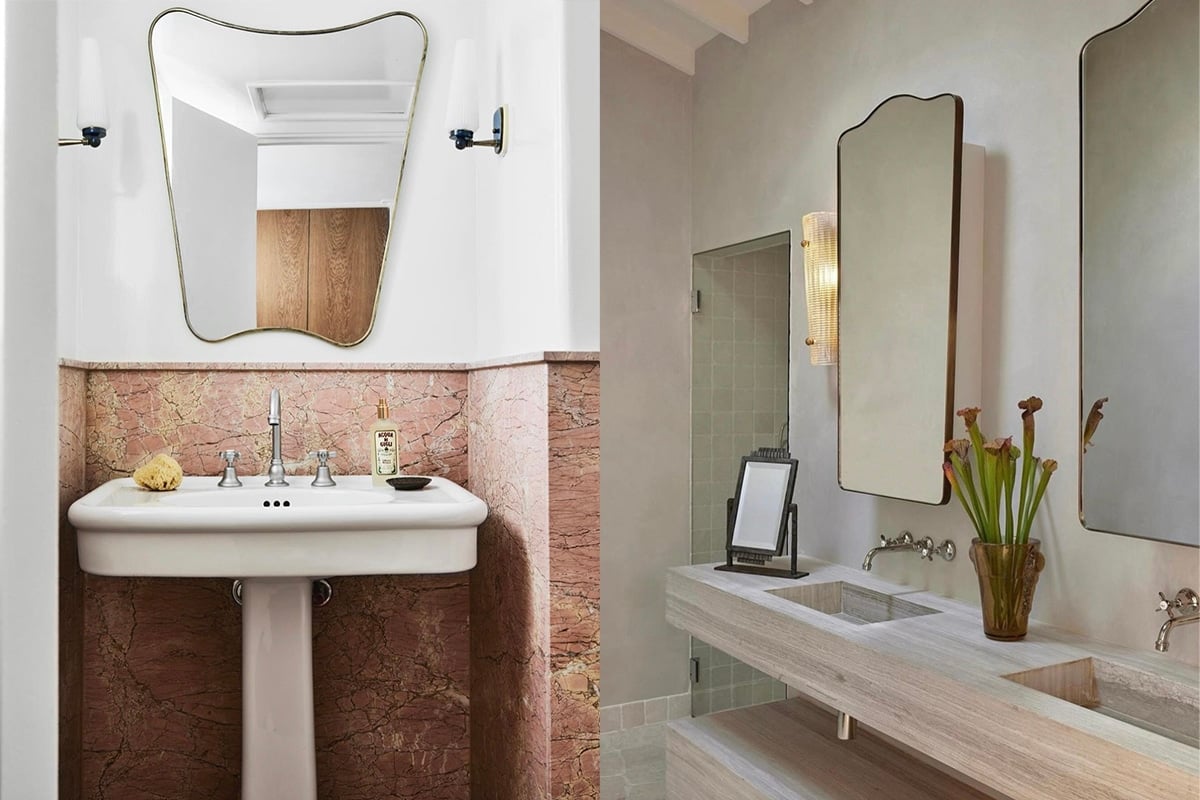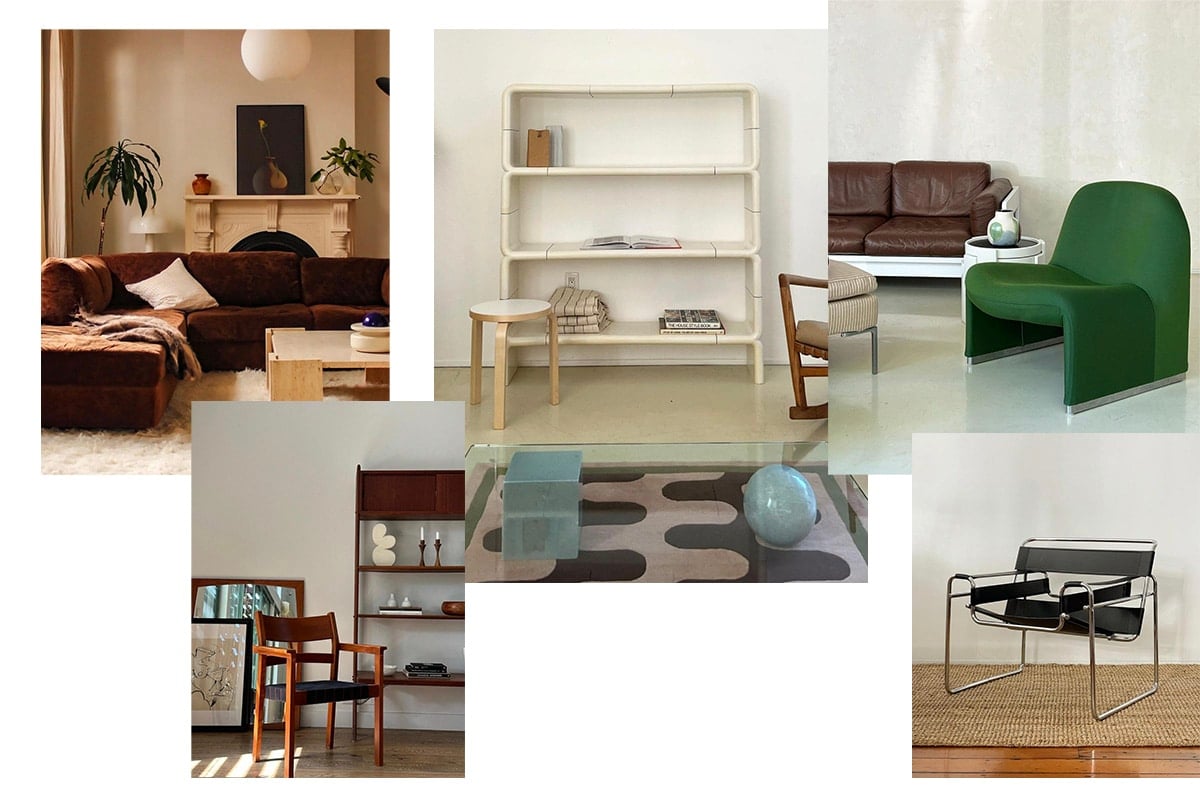
The winds have changed and quiet luxury is here. I feel tempted to christen it a new era, but even that term feels passé, so I'll opt for cultural reset instead, and indeed. We've come down from the sugar high of internet fashion, viral runway hijinks and a litany of TikTok "cores" to find ourselves at the foothills of a new, yet not entirely unfamiliar mood.
We witnessed it on the runway at Bottega Veneta, Miu Miu, The Row, even Balenciaga. People would not shut up about Gwyneth Paltrow's minimalist courtroom looks, and as the final season of Succession aired, the concept of "stealth wealth" was tossed around like one of those Kardashian salads. What unites all of these examples is an absence of ostentatious style. We're observing a movement toward muted, subdued designs, devoid of theatrics and reminiscent of recession-era trends like normcore. This time last year we were announcing the end of sartorialism, now we're eating our words. Quiet luxury is back, and more importantly, it's finding its way into our homes too.
Given our growing fatigue of kitschy, Memphis-inspired interior trends where pastels, neon lights and nick-nacks bought at IFYKYK Instagram stores take pride of place, in theory quiet luxury surfaces as its aesthetic opposite. Don't get me wrong, this style has a time and place, but it's as subtle as a certain ludicrously capacious handbag.
Although our initial understanding of quiet luxury is gleaned from the homes and the bodies of the 1%, antique dealer and interior designer, Tamsin Johnson, balks at the definition that would see quiet luxury as exclusive to those with a Black Amex.
Rather, Johnson defines quiet luxury as "modest spaces that are authentic and yet elegant in their own way. An unsophisticated whitewashed cottage on a remote island might be a ‘quiet luxury’ for example," she furthers. "So when it come to interiors it is much the same. Authentic, natural, elegant and perhaps lacking mod cons and glamorous fanfare."

Images: @tamsinjohnson
I guess, it boils down to what you view to be luxurious. For some that's quality craftsmanship, for others it might be sumptuous fabrications and textures. What most of us will agree on is that quiet luxury is not logomania or instantly recognisable furniture. Each element should feel considered and, in turn, initiate curiosity, especially if the source does not immediate reveal itself.
I can see why this train of thought can rub people the wrong way, it's the equivalent of the person who smugly responds "it's thrifted" to an inquiry after their outfit details. Not everyone has the time or means to research and do the kind of obsessive searching to curate a space such as these. Maybe it's even the way quiet luxury on first glance equates frivolity and colour with being gauche, which in itself is joyless and self-serious.
But at the heart of quiet luxury, is the clarion call to foster a space that is an authentic expression of yourself. Not an empty simulacrum of something you saw on Pinterest. For this reason, quiet luxury has longevity, because authenticity combined with simplicity is less likely to date.
If quiet luxury is about authenticity, as Johnson agrees, it is harder to be "acquired, replicated or manufactured at a generic level" and will be a true labour of love, with each element mulled over. With this kind of investment, it's unlikely that you will be ripping through interior trends every few years, and even for those without the capital to do so, quiet luxury offers a freeing approach to curating your own home spaces because it allows you to take your time.
Quiet luxury calls for a "slower process and takes patience", says Johnson. Which can be frustrating, especially if you're without a storage solution or couch for months at a time, but is more sustainable in the long run.
For examples of quiet luxury that go beyond Gwyneth Paltrow's Architectural Digest feature and references that equate the design philosophy with the lifestyles of the uber rich, Tamsin Johnson points to modern and historic Japanese architecture and Scandinavian modernist approaches too. "Yet it might be done best in the less ostentatious villas of Northern Italy and apartments in Milan where there is a comfort and homeliness to them," Johnson shares, "and a focus on interesting art and furniture over the frills of something more grand or something more technical in its luxury. They have good ‘heart’ it seems," she concludes.

Images: @tamsinjohnson
To capture the spirit of quiet luxury in your own home, Johnson says "flowers and indoor plants bring so much humility". The interior designer also encourages you to consider "unique and strong vintage furniture and objects, great art instead of popular art", and to pay more "attention to the kitchen... and the bathroom and WC too". As for your backyard, if you have one, Johnson prefers gardens to be natural-looking over highly-manicured and symmetrical.
Her final advice is to avoid the most popular solutions when it comes to art and design. "Just because it is common doesn't make it right."
Quiet Luxury interiors to inspire you
View this post on Instagram
View this post on Instagram
View this post on Instagram
View this post on Instagram
View this post on Instagram
View this post on Instagram
View this post on Instagram
View this post on Instagram
Images: @tamsinjohnson



